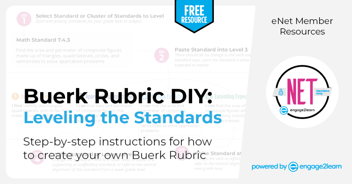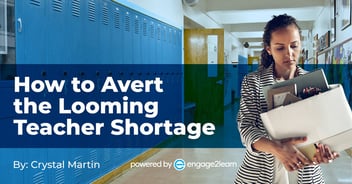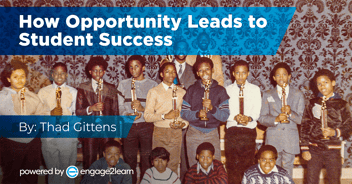The Science of Small Group Instruction | engage2learn

Small group instruction has emerged as an effective way for educators seeking personalized teaching methods that cater uniquely to every student's learning challenges and goals. It allows teachers flexibility in breaking down complex topics into more manageable bits that are better understood by learners who would otherwise struggle with larger groups. The utilization of small group instruction provides a notable advantage over the traditional classroom, as it offers an opportunity for individually tailored learning experiences to students addressing diverse needs and learning styles. This personalized approach helps students receive the attention they need and promotes academic growth.
The task of meeting the needs of students with varying abilities, attitudes, learning styles, perceptual modes, multiple intelligences, diverse languages, and multicultural backgrounds is often our biggest challenge in the classroom. Planning and implementing small group instruction is the most effective practice for differentiation and personalized learning.
Small group instruction is most powerful when it is used to deliver instruction for the specific needs of the learner (McCleod, S.A.2012). Although we may think of SGI as a remedial tool used for struggling students when scaffolding to mastery of a standard, it is also the way to accelerate, extend, and enrich learning.
Small Group Instruction is most effective when used in conjunction with other Best Practices such as Instructional Coaching, Collaboration, Autonomy, Assessment and Formative Feedback. These recommendations are part of the “science” of small group instruction that will maximize your impact in the classroom.
Types of Coaching
Instructional Coaching
A collaborative partnership between a trained teacher coach and an educator. It is a supportive relationship based on trust, mutual respect, and a shared commitment to improving instructional practices.
Personalized Coaching
Sessions focus on specific instructional practices, pedagogical approaches, and classroom management strategies, fostering continuous growth and refinement.
Plan Collaboratively
One person alone can’t do it all, so it’s important to plan as teams in PLC to make use of each individual teachers’ talents. Use these questions to guide planning of SGI to have the most impact on learners. (Gregory, et al. 2016)
- What do I want them to learn?
- How will they learn it?
- What will I do if they don’t learn it?
- What will I do if they do learn it?
Design diagnostic pre-assessments and analyze the data to determine specific student needs.
Pre-assessments should be standards aligned and must include questions at different levels of rigor that identify gaps, previous experience, misconceptions, readiness, and mastery of skills. This data can be collected in the form of ungraded pre-quizzes, surveys, exit tickets, or entry cards before the start of a lesson or learning unit.
Deliver customized small group experiences based on the collected data.
Small group instruction can take many forms and should include a variety of tasks for students whose data has identified them as on level, below level, and above level. It is also important to design activities that appeal to different perceptual modes.
Using a standards aligned rubric can help you align activities that are at different levels of rigor to keep the other student groups working and busy while you deliver small group instruction to those who need you most. This also gives students the opportunity to collaborate and learn from each other.
Monitor student progress using formative assessment and feedback.
Small group instruction facilitates not only personalized lessons but ensures immediate feedback for students. Teachers closely monitor progress as they observe student response, emphasizing swift guidance or reinforcement at appropriate times. Immediate, direct feedback ensures efficient absorption of the concept by students and allows them to adjust their work.
Feedback must be timely and be given often. This ongoing practice will help you adjust your small group instruction based on the data you collect from your students. Providing checks for understanding during and after small group instruction helps you and your students keep track of progress and plan for next steps. Facilitate this practice with the use of the same four PLC questions written from a learner’s perspective. (Gregory et al. 2016)
- What do I need to learn?
- How will I learn it?
- What will I do if I don’t learn it?
- What will I do if I do learn it?
Introduce Autonomy
Use tools for learner tracking and design opportunities to reflect on learning. Students who are given the opportunity to self-assess and track mastery benefit greatly because they are playing an active role in creating and implementing strategies to improve their own performance. (Gregory et al. 2016)
As a secondary science teacher, I was always ready to differentiate for my students, but I was often at a loss when it came to meeting the needs of each and every one of them. Small group instruction provided a way to connect with students, give them feedback, address misconceptions, and help those who struggled, without having to repeat the same information to each student individually.
When students work in small groups, they gain confidence in their abilities. The collaborative nature of small group instruction allows students to take on leadership roles, express their thoughts, and actively participate in the learning process. Additionally, small group instruction provides a more authentic and comprehensive assessment of students' learning, as teachers can directly observe their application of knowledge and skills. As students gain confidence, they become more willing to take risks, share their ideas, and actively engage in their learning journey.
What small group instruction strategies are currently working for you?



